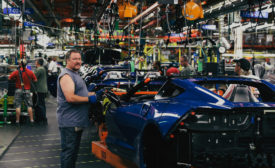Home » Keywords: » manufacturing productivity
Items Tagged with 'manufacturing productivity'
ARTICLES
EVENTS
Never miss the latest news and trends driving the manufacturing industry
Stay in the know on the latest assembly trends.
JOIN TODAY!Copyright ©2025. All Rights Reserved BNP Media.
Design, CMS, Hosting & Web Development :: ePublishing









